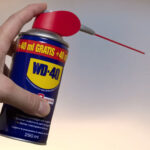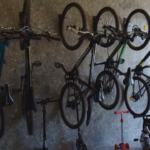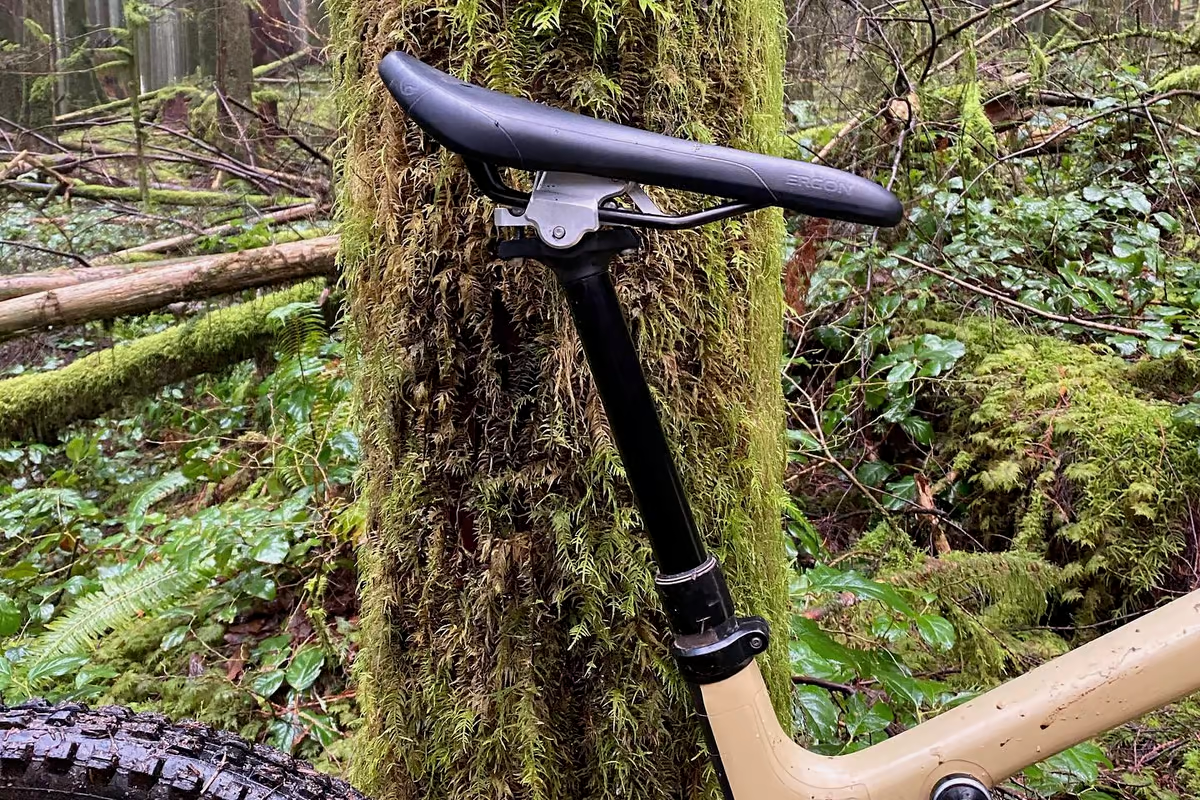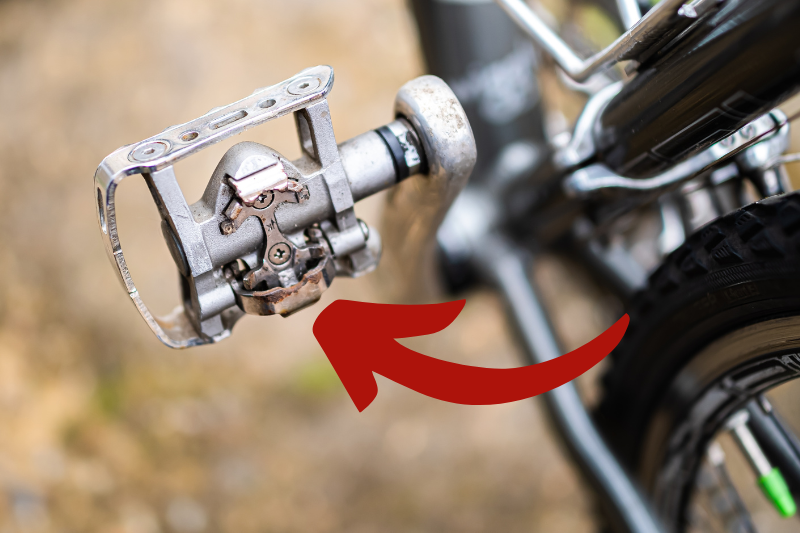
Greasing your bike pedals might seem like a minor task, but it’s crucial for keeping your bike in good working order. Here’s an idiot-proof guide to help you understand how often you should do it and why it matters.
Greasing your bike pedals prevents rust, reduces wear and tear, and ensures smooth operation. It makes pedaling easier and extends the life of your pedals and crank arms.
How Often to Grease Bike Pedals?
Properly maintaining your bike pedals ensures a smooth and safe ride, and greasing them is a key part of this maintenance.
Depending on how frequently and under what conditions you ride, the schedule for greasing your pedals will vary. Here’s a detailed guide on how often to grease your bike pedals based on different riding habits.
Regular Riding: Every 6 Months
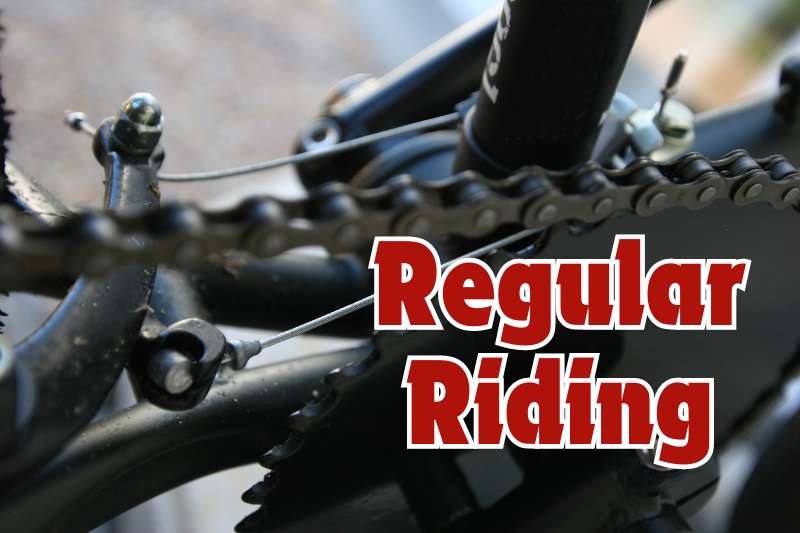
If you ride your bike regularly, meaning a few times a week, you fall into this category. Regular riding is common for those who use their bikes for commuting, exercise, or leisure.
- Why: Regular use leads to consistent wear on the pedal threads and bearings. Greasing every 6 months ensures that the pedals continue to spin smoothly and prevents rust and corrosion from setting in.
- What to Watch For: Even with regular maintenance, pay attention to any squeaking or stiffness when pedaling, as this might indicate the need for more frequent greasing.
Occasional Riding: Every 9-12 Months
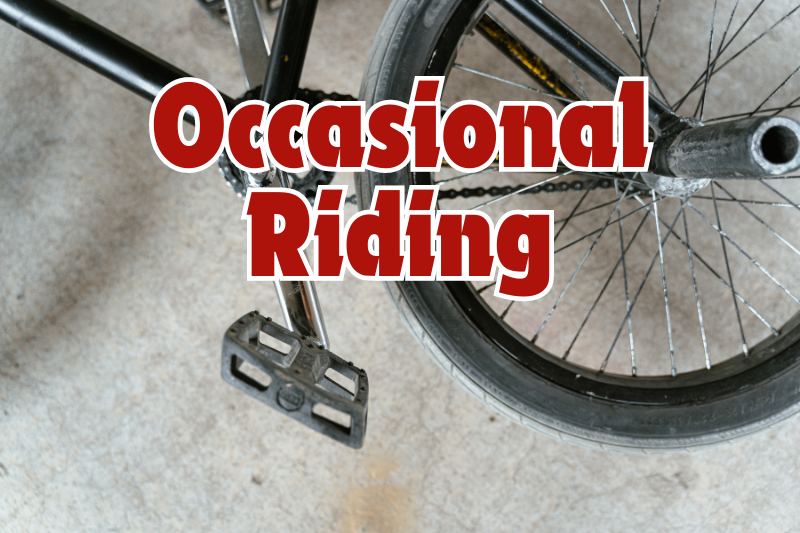
If you ride your bike occasionally, such as once a week or less, this schedule is for you. This category is typical for casual riders who might take their bike out for a spin on weekends or during nice weather.
- Why: Less frequent use means the pedals are less exposed to wear and tear, so they don’t need to be greased as often. However, over time, even infrequent use can lead to dry or rusting pedal threads.
- What to Watch For: Check for any signs of rust or resistance when you do ride. If your bike is stored in a humid environment, consider greasing more frequently to prevent rust.
Heavy Use or Rough Conditions: Every 3 Months
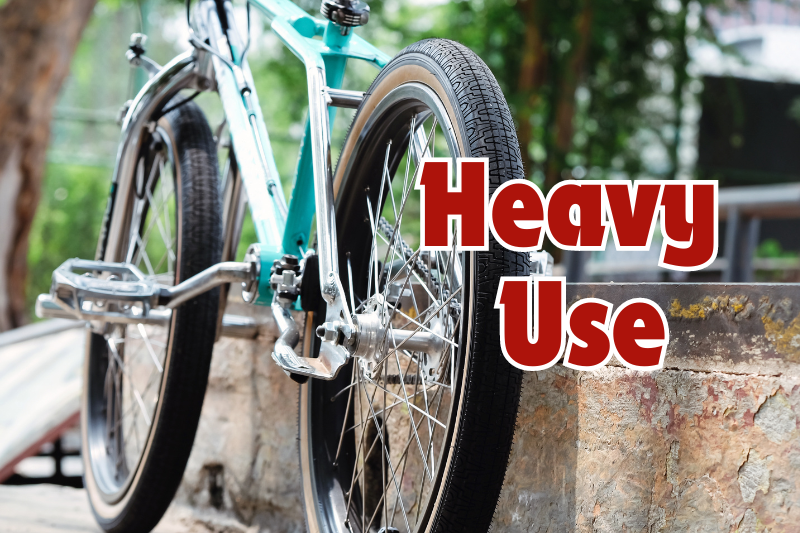
If you ride your bike daily, for long distances, or in rough, wet, or muddy conditions, you need to grease your pedals more often. This category includes serious cyclists, mountain bikers, and those who ride in all weather conditions.
- Why: Heavy use and harsh conditions can cause more rapid wear and tear. Mud, water, and dirt can infiltrate the pedal mechanisms, leading to faster degradation and the potential for rust and corrosion.
- What to Watch For: Frequent inspection is crucial. Look for any signs of dirt buildup, rust, or unusual noises. Regular cleaning followed by greasing will keep your pedals functioning optimally.
Key Points to Remember:
- Use the Right Grease: Always use bike-specific grease. It’s formulated to handle the unique stresses and conditions bikes face.
- Clean Before Greasing: Always clean the pedal threads and crank arms before applying new grease to remove any dirt or old grease.
- Proper Application: Apply a small, even layer of grease to the threads. Too much grease can attract dirt, while too little won’t protect the parts effectively.
- Inspect Regularly: Regardless of your riding habits, it’s good practice to periodically check your pedals for any signs of wear or issues.
Signs Your Pedals Need Greasing

- Squeaking or Creaking: If you hear noises when pedaling, it’s a sign your pedals need lubrication.
- Stiff Pedaling: If your pedals feel stiff or hard to turn, they need greasing.
- Rust or Dirt: Visible rust or excessive dirt buildup indicates it’s time to grease the pedals.
How to Grease Your Bike Pedals?
- Step 1: Remove the pedals using a pedal wrench. Remember, the left pedal is reverse-threaded.
- Step 2: Clean the pedal threads and the crank arm with a rag.
- Step 3: Apply a small amount of bike-specific grease to the threads.
- Step 4: Reattach the pedals, making sure they are properly tightened.
Extra Tips
- Use Quality Grease: Always use bike-specific grease. General-purpose grease can attract dirt and cause more harm.
- Check Regularly: Even if it’s not time to re-grease, check your pedals periodically for any signs of trouble.
Related Posts:
- Is a Bike Tune-Up Worth It? (Or Should You Do It Yourself?)
- Do Bike Pedals Need to be Greased (Explained for Beginners)
- How to Wire Lights On Your Dirt Bike Without a…
- 5 Charitable Organizations to Donate Your Unused Bikes
- Can You Put Pegs On A Mountain Bike? Step By Step Explained
- Can You Put Drop Bars on Any Bike? (Hybrid, Mountain, Etc.)





